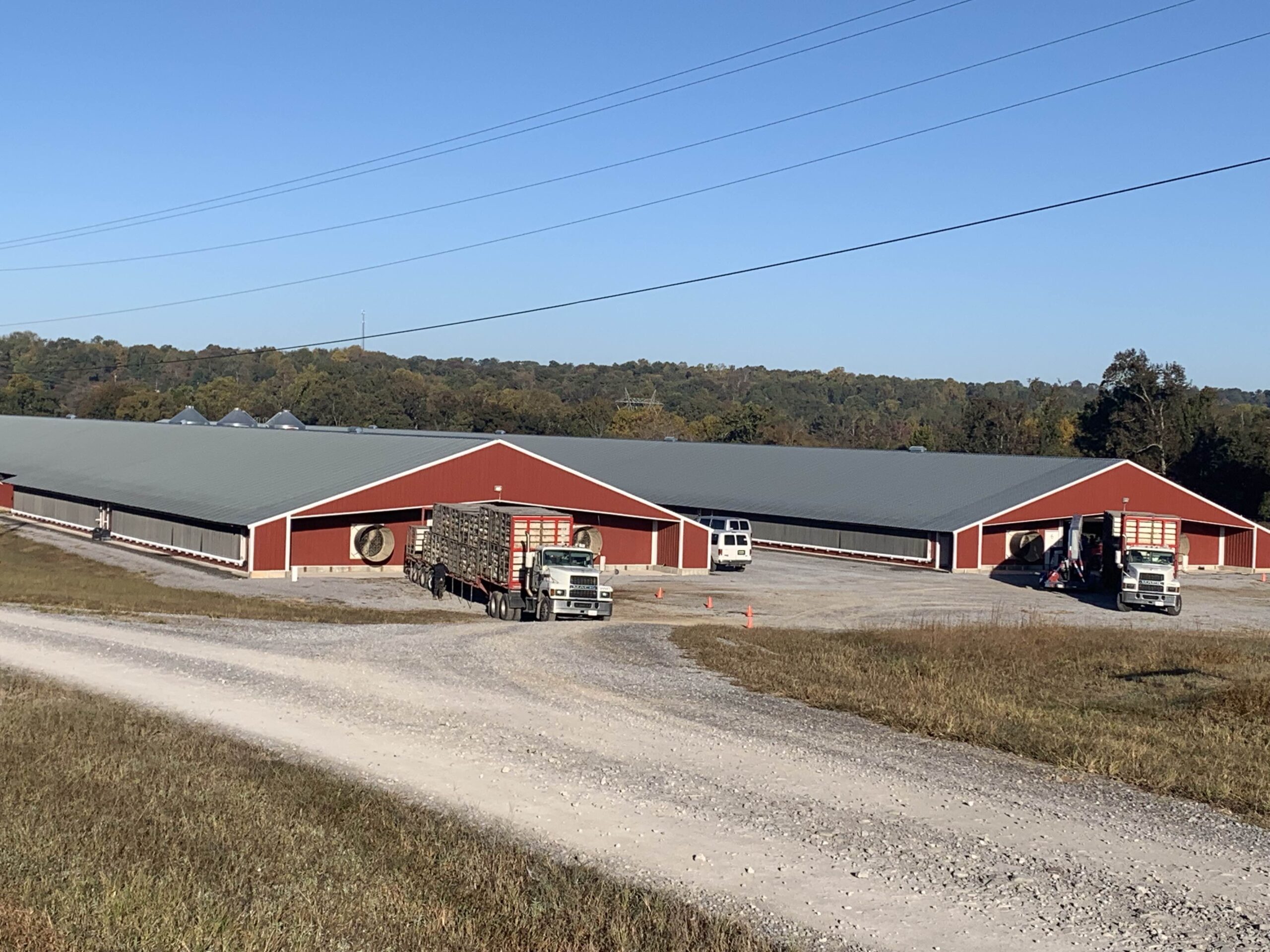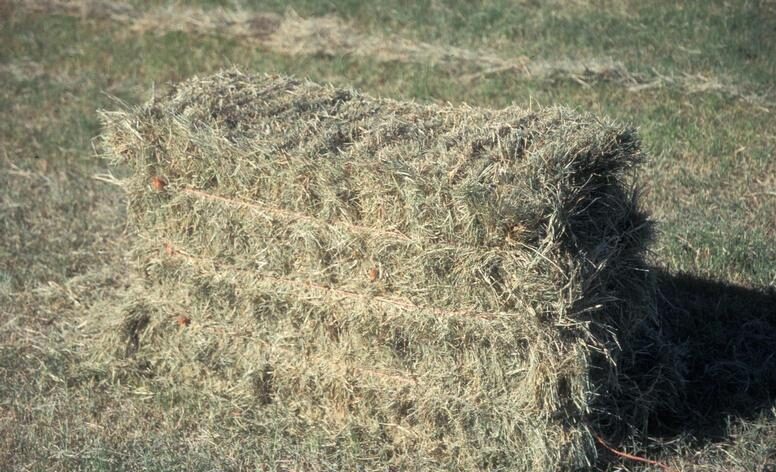Arkansas has experienced a significant expansion in irrigated cropland since the beginning of the 1980s. From Census year 1982 to Census year 2017, irrigated harvested cropland acres grew from 2.022 million acres to 4.848 million acres, respectively, representing an increase of +2.826 million acres (USDA, NASS, 2023a). The majority of this increase in irrigated cropland acres (approximately 75% of the increase) was due to the expansion of irrigated soybean area.
Figure 1 presents Arkansas soybean harvested acres split into all acres, non-irrigated acres, and irrigated acres for the years 1979 – 2018. All soybean harvested acres (non-irrigated + irrigated) dropped from a record level of 5.15 million acres in 1979 to 3.20 million acres in 1988 and thereafter remained relatively level for the state at 3.21 million acres. Non-irrigated acres dropped steeply from 4.80 million acres in 1979 to 0.51 million acres in 2018, while irrigated acres expanded from 0.35 million acres in 1979 to 2.71 million acres in 2018. It is obvious that most expansion in irrigated soybean acres was the result of converting non-irrigated acres to irrigated acres. Every county in eastern Arkansas experienced an increase in irrigated soybean area during this time, but counties experiencing the greatest expansion were those bordering the Mississippi River, where ample water from lateral river recharge of the underground aquifer allowed for greater transition of non-irrigated area to irrigated area (Gautam and Watkins, 2021).
A major factor for the upward trend in irrigated soybean acres in Arkansas is the increased world demand for soybeans, particularly in China. Increased world demand for soybeans has increased the value of soybeans relative to other crops grown in the state, such as rice and cotton. However, a more fundamental and straightforward reason for expanded irrigated acres is more consistent yields under irrigation relative to non-irrigation. Figure 2 presents detrended soybean yields for Arkansas non-irrigated soybeans versus irrigated soybeans from 1979–2018. Yields have been detrended to remove the influence of technological advancement over time. Yields were 12.6 bushels per acre greater on average under irrigation compared to non-irrigation. Also, variation around the irrigated soybean mean, which represents yield variation due to weather, is considerably narrower relative to variation around the non-irrigated soybean mean. Thus irrigation makes soybean yields more stable relative to yields under non-irrigation.
The phenomenon of expanded irrigated soybean area was not isolated to Arkansas alone. Other locations in the Mid-South also experienced significant irrigated soybean area expansion during the same timeframe. Changes in both irrigated acres and irrigated soybean acres from Census year 1982 to Census year 2017 are presented for locations in the Mid-South. All Mid-South locations in Table 1 receive most irrigation water from the Mississippi River Valley alluvial aquifer. Irrigated soybeans account for approximately 69% of increased irrigated area expansion in this region. Arkansas experienced the largest expansion in soybean area (75% of increased irrigated area) but all locations experienced significant expansion as well.
Preliminary evidence indicates that irrigated soybean acres may be leveling off in many parts of Arkansas, particularly in counties farther removed from the Mississippi River, where groundwater is more limiting. However, expansion in irrigated acres appears to continue in counties bordering the Mississippi River. A closer evaluation needs to be conducted to verify these preliminary findings.


| Table 1. Change in Irrigated Acres and Irrigated Soybean Acres (Census Years 1982 to 2017) for Mid-South Locations. | |||||
| Change Category | Arkansas | Mississippi | Northeast Louisiana | Southeast Missouri | Total Change |
| Change in Irrigated Acres | 2,826,397 | 1,381,386 | 490,458 | 957,188 | 5,655,429 |
| Change in Irrigated Soybean Acres | 2,108,158 | 952,742 | 293,230 | 538,836 | 3,892,966 |
| Irrigated Soybean Expansion (%) | 74.6% | 69.0% | 59.8% | 56.3% | 68.8% |
| Source: Derived from USDA-NASS Census of Agriculture data. | |||||
References and Resources
Gautam, T.K. and K. B. Watkins. 2021. Irrigated Acreage Change and Groundwater Status in Eastern Arkansas. Journal of the American Society of Farm Managers and Rural Appraisers 2021. https://higherlogicdownload.s3.amazonaws.com/ASFMRA/aeb240ec-5d8f-447f-80ff-3c90f13db621/UploadedImages/Journal/2021Journal_ASFMRA_HR.pdf
USDA-NASS (2023a). United States Department of Agriculture, National Agricultural Statistics Service, Census of Agriculture. https://www.nass.usda.gov/Publications/AgCensus/2017/Full_Report/Census_by_State/Arkansas/index.php
USDA-NASS (2023b). United States Department of Agriculture, Quick-Stats. https://quickstats.nass.usda.gov/
Watkins, Brad. “The Rise of Irrigated Soybeans in Arkansas.” Southern Ag Today 3(32.3). August 9, 2023. Permalink








